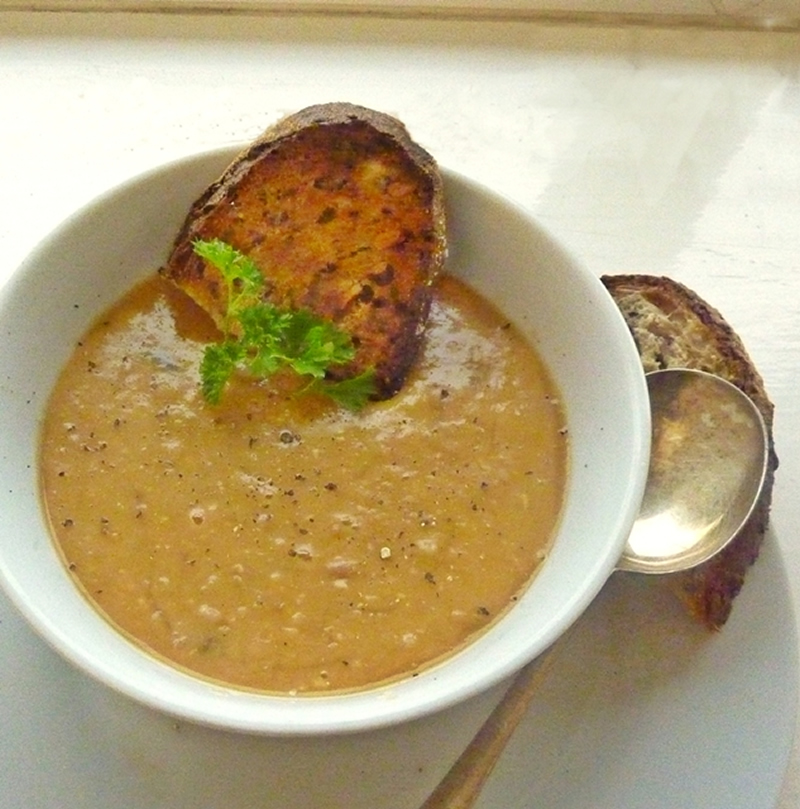
I have recently discovered a taste for cider. I’ve tried out several brands and discovered quite a range and variance in both the flavours and textures of this ‘amber nectar’. But how exactly is it made ?
Background
First off cider isn’t just about apples. Cider is really defined as a natural, liquid beverage obtained from the pressing of a finely ground fruit. Under the proper conditions, it undergoes a natural fermentation process, which yields an alcoholic juice. That said most cider is actualy made from apples but other fruit can be used such as cherries and pears.
Sweet cider is the non-alcoholic versions of cider and it can be made into apple juice by pasteurizing it and adding preservatives to stop the natural fermentation process. Hard cider is the product that results when the juice is allowed to undergo fermentation. This cider contains alcohol. Additionally, it is often effervescent due to the activity of the natural yeasts present.
History
Cider has been made for thousands of years. Archaeological evidence shows that ancient European and Asian cultures used apples to make a crude version of cider as early as 6500 B.C. The art of cider making improved over the years as people developed a better understanding of the factors that impact cider flavor. During the 6th century, a profession of skillful brewers was established in Europe. These people made beer-like beverages and also cider.
By the 16th century, Normandy became one of the largest cider-making areas in the world. England and colonial America also produced cider during this time and it became an important part of each culture. The ciders of this time period were inconsistent however, as small farmers each had their own methods of manufacture. The technology of cider production made significant improvements over time as people developed a better understanding of each step in the cider making process. Today, it is a highly controllable operation, which results in a dependable, good-tasting product.
The Raw Materials
Apples are the primary raw material used in cider making but sweet cherries and pears can also be used.
The skin of the apples contains many of the compounds that contribute to the taste of the cider so apples are not peeled before being used for cider manufacturing. The seeds are not removed either however but they do not significantly contribute to final taste.
A full-bodied cider requires the use of several different types of apples to give it a balanced flavor.
There are four different types of apple juices including aromatic, astringent, acid-tart, and neutral tasting. Generally, sweet and tart apples are blended together along with neutral tasting to create a balanced cider. Cider manuafactures will each have their own blend that they use.
The Process
- Harvesting
- Washing
- Grinding
- Pressing
- Cooling/Refrigeration
- Fermentation
- Filtering & Packaging
Once the apples are harvested and washed, the fruit is crushed and pressed. The remaining juice is fermented, creating cider. Fermentation of apple cider is the process by which yeast converts the apple sugars into ethyl alcohol and carbon dioxide.
Fresh cider will remain in its full-bodied state for several weeks if it is refrigerated. Natural yeasts are present in apples and after this time natural fermentation process begins. If a non-alcoholic cider is desired, the juice may be pasteurized or preserved by the addition of potassium sorbate. This material effectively kills undesirable organisms.
Alcoholic cider is made by either letting the inherent fermentation process continue without the addition of any other ingredients, or by adding a variety of ingredients, which give more controllable results.
To add this extra level of control Sulfur dioxide is typically added to the freshly pressed juice before fermentation is allowed to begin. It has the effect of killing most of the bacteria and yeasts present in the freshly squeezed juice. Enough of the desirable yeast survives the sulfur dioxide treatment and these organisms will go on to ferment the sweet juice.
However sometimes cider manufacturers add their own yeast to ensure that a consistent fermentation will be achieved. Some of these strains have been around for generations and they are repeatedly used to produce a distinctive tasting cider. To help yeasts grow and speed up fermentation, yeast nutrients such as ammonium sulfate and thiamine may also be added. For similar reasons extra sugar, honey or other sweeteners may also be added to the unfermented juice. This will improve fermentation and increase the alcohol content of the final product.



